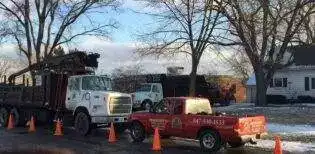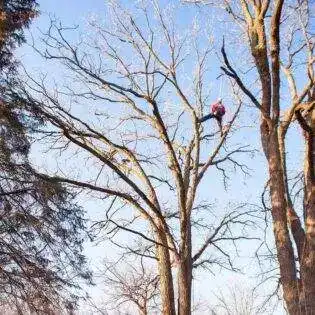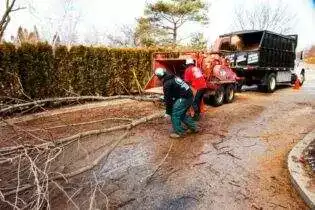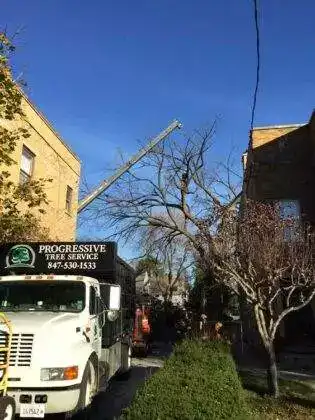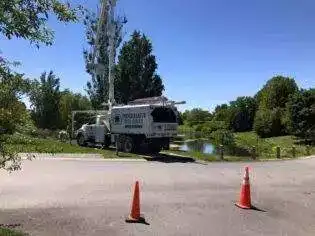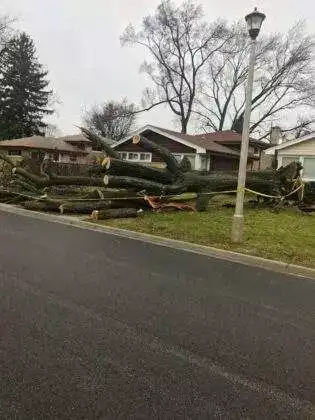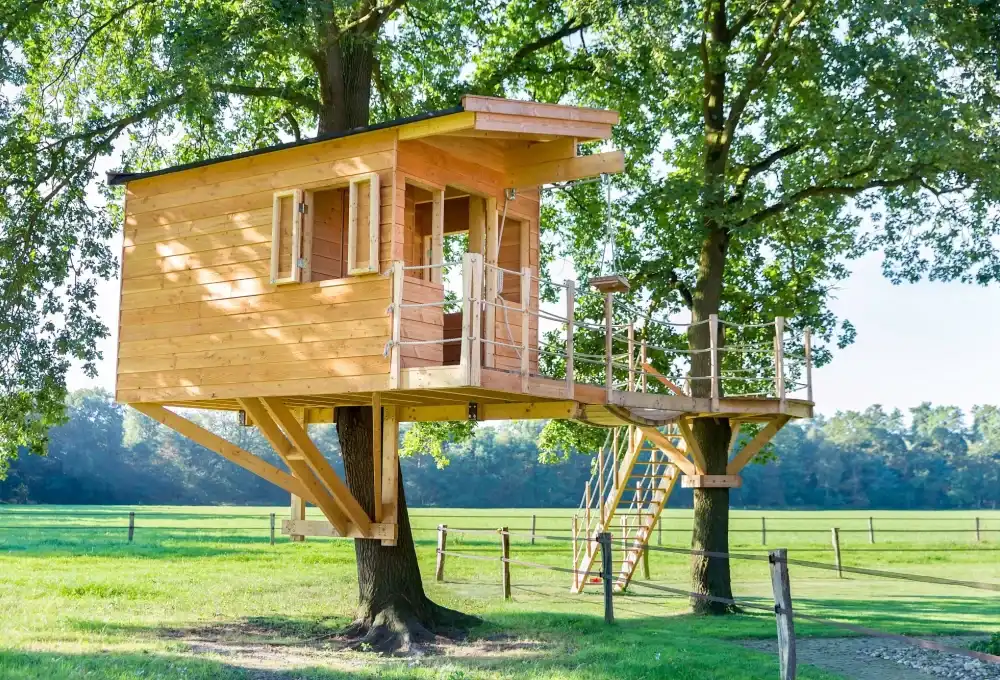Anthracnose is an umbrella term used to describe various fungal infections that cause similar symptoms on affected tree leaves. The pathogens are generally found in the eastern United States, affecting different species of trees and shrubs in the region.
Most anthracnose infections occur during cold, wet weather and are rarely fatal. However, they often cause significant aesthetic damage to infected trees because the leaves, fruits, and stems develop dark water-soaked lesions.
These lesions can rot fruits within a couple of days and disrupt photosynthesis and transpiration processes of the leaves, resulting in early leaf drop in spring. In addition, repeated defoliation weakens affected trees’ health, leaving them vulnerable to attacks from pests and other diseases.
Anthracnose Life Cycle
The pathogens overwinter in fallen leaf debris or infected buds, twigs, and cracks in the bark. Come spring, the cool and wet conditions are ripe for the growth of spores. The spores mature and are spread by the wind and splashing rain from infected leaves to new leaves on the same tree or nearby trees. The cool and wet weather allows for rapid germination of the spores, leading to new infections that will produce more spores and spread them to more leaves throughout the growing season.
Dry and hot weather may stall the progression of the fungi, but the infestation continues once the conditions become optimal.
Tree Species Affected
Many hardwood species, native or otherwise, are susceptible to anthracnose fungi. These include birch, catalpa, sycamore, ash, dogwood, oak, horse chestnut, tulip tree, linden, walnut, and elm. Most fungal species responsible for anthracnose infections are host-specific.
Signs and Symptoms of Anthracnose
- During spring, lesions appear on leaflets along the margins and veins. These lesions first appear as small, irregular-shaped brown or yellow spots. With time, they darken and may expand to cover entire leaves.
- Affected leaves may also become wrinkled and twisted.
- Depending on the seriousness of the infection, premature leaf drop beginning from the lower canopies.
- In fruiting trees, the fruits develop small, dark, sunken spots that form pinkish spore masses at the center in moist weather. If the spots spread, the fruits rot within a couple of days.
Note that anthracnose pathogens typically attack young leaves and the tips of young twigs in plants. Older, mature foliage is less susceptible to infection.
Also, leaf browning and defoliation are shared symptoms with some leaf spot diseases and tree pests. To make sure, you can use a hand lens to examine the leaf spots for signs of spores on the leaf surface. If this proves too difficult, contact your local arborist or cooperative extension office for assistance on the diagnosis.
Damage if Left Untreated
Anthracnose blemishes the leaves and causes early defoliation; if you’re growing shade trees, the issue will be largely aesthetic. However, continued defoliation leaves the tree susceptible and vulnerable to attacks by other pests and tree diseases. Therefore, you may end up with a bigger, more difficult problem to manage from other pathogens and insects in the long run.
Treatment
Anthracnose is usually managed using fungicides. The type used will depend on the species and weather conditions, and in most cases, treatment is performed each year.
Most new infections occur during cold and wet weather and attack new growth. Therefore, fungicides applications are performed during spring and are largely preventative.
Applying fungicide in midsummer when the symptoms become visible will do little to control the infection. Ensure to consult a certified arborist on the proper timing and type of chemical treatments to use, depending on your situation.
Pruning some inches below infected leaves is another way to manage anthracnose fungi. However, make sure to destroy the infected leaves as adding them to the compost heap increases the chances of re-infection come next spring. Also, make sure to practice good sanitation by cleaning and disinfect pruning equipment using bleach before using them on healthy trees.
Preventing Anthracnose
Taking preventative measures is the best way to manage anthracnose fungi. These include;
- Modify your irrigation to avoid wetting the foliage during the growing season. If you’re using an overhead sprinkler, change to a drip sprinkler if possible. This denies the fungi the wet conditions needed to germinate and thrive on new shoots.
- In autumn, remove fallen twigs and leaves from the base of the trees and dispose of them accordingly. This allows you to prevent any spores from overwintering near the plant.
- Plant resistant trees or buy tree seedlings from other locations if your local area has an anthracnose problem.
- Prune overgrown foliage between trees or near walls to improve air circulation that prevents cold, damp conditions that favor fungal growth from developing.
- Stressed trees are more susceptible to fungal attacks than healthy ones. Therefore, keep your trees properly watered (not on the leaves though) during the dry season and use fertilizers to boost the tree’s health, making them more resistant to anthracnose fungus. This strategy also makes it easier for the tree to recover in case an infection does occur.
